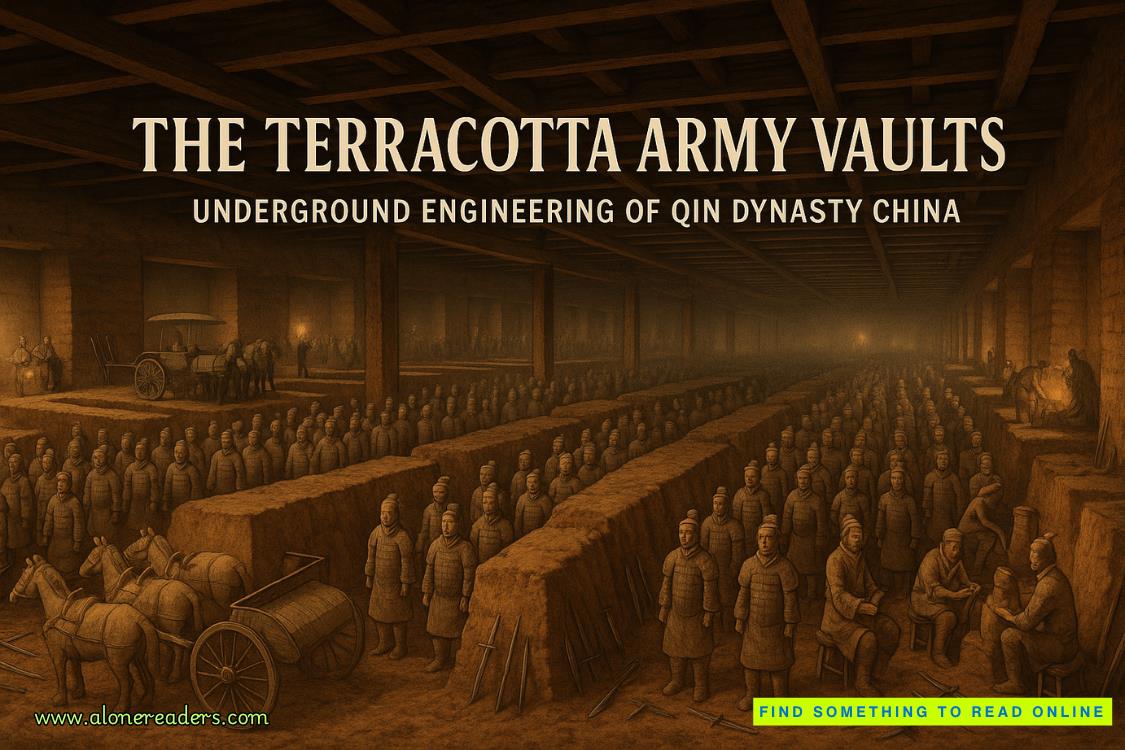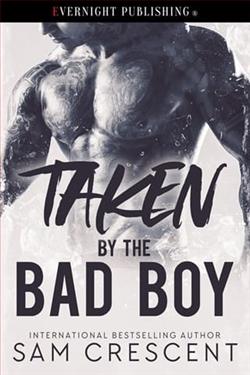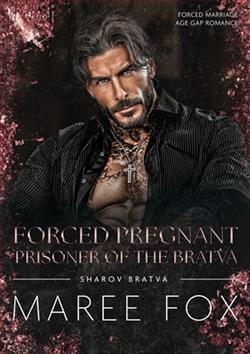Page 59 of Boleyn Traitor
‘The king has ordered the Duke of Norfolk to organise the burial of the body in his family chapel at Thetford Priory,’ Sir William says, as if this is completely normal.
‘Thomas Howard is to bury the king’s son?’ I ask incredulously.
‘He is his father-in-law,’ Sir William reminds me pompously. ‘Henry Fitzroy will be buried by his father-in-law, in his family vault.’
Thomas Cromwell and I silently enjoy the irony that my uncle, who so longed for Henry Fitzroy in his short life, now has him in death. The dead youth is all Howard and no Tudor. The king has sworn he will have no more dead sons, so his beloved boy has not died but vanished, like a seraph in a miracle play. It is as if he never was, and the court has another ghost that we will never mention.
THE KING EMERGESfrom his rooms without a word about his vigil of gorging, and we resume our journey to Dover, as if nothing has happened at all. Jane hardly dares to look at him; she was so frightened by the roaring and then the solitary feasting. When she has to stand at the king’s side, for the presentations at Dover, I have to prop her up from behind; she floats away fromhim unless she is anchored.
Lord Lisle and his wife Honor have sailed across the Narrow Seas from their fortress at Calais to greet the king and his new queen and hide their delight that his heir is dead. Not even the king’s sullen greeting overshadows the splendour of their rising sun. They are of the Plantagenet family, old royal blood and the traditional religion, they loved the old queen and pray for her daughter Lady Mary. After the banquet – where the king crams food into his mouth as if gorging on despair – they slip away to the Pole rooms to celebrate the triumph of their family over the Boleyns. Everything is going their way: Anne Boleyn the reform queen disgraced and dead, Henry Fitzroy the Protestant heir, dead, too, Elizabeth is declared bastard, so their darling, Lady Mary, is the only possible royal heir and who could be a better husband for her, and king consort for England, than the favoured son of the old royal family: Reginald Pole himself? The red rose of Tudor Lancaster and the white rose of Plantagenet York will unite to bring lasting peace, and the young royal couple will return England to the Church of Rome. Sir Geoffrey Pole – hopelessly indiscreet – is radiantly happy and all the way home from Dover to London, the Poles and the Courtenays ride with shining faces, as if they have been called to greatness.
Lord Cromwell drops back from the king’s side to bring his big cob beside my pretty roan.
‘Looks as if they didn’t overreach after all – they have greatness in their grasp,’ I remark to him.
‘They’ve been lucky,’ he says grudgingly. ‘They killed Anne the Protestant queen, but God Himself took Fitzroy, the Protestant heir. Now, they think they’ve won – they’ve got the only heir left standing.’
‘It is anannuntiatio,’ I say sourly. ‘And Sir Geoffrey Pole as the Virgin Mary.’
I smile at his snort of laughter.
Westminster Palace, Summer
1536
BUT THE KINGsurprises us. As soon as we arrive at Westminster he forces Lady Mary to take the oath, and the young woman, very far from triumph, has to deny her mother’s marriage and declare herself illegitimate. The king’s wound has opened up on his leg again, he can barely walk, and there is no heir to the throne. Lady Mary declares herself illegitimate; Lady Elizabeth is illegitimate and too young; Lady Margaret Douglas his niece is still in disgrace in the Tower.
‘Whatever has she done?’ Jane whispers, beckoning me closer.
‘She married young Thom Howard, half-brother to the Duke of Norfolk. Thom is arrested and is being questioned, too.’
She goes even paler. ‘We know nothing,’ she whispers her lesson.
‘Quite right. And anyway, this all happened...’ I trail off. Anne and her reign, and even Queen Katherine and her reign, are never mentioned in Jane’s court, which has no knowledge of anything, especially history.
‘But they’ll blame me,’ Jane predicts dolefully. ‘My brother Edward and his wife Anne will blame me. They’ll all blame me, though I know nothing.’
SHE IS RIGHT.The Seymours blame her for Margaret Douglas’ deception, but it is worse for the Howards: the king accuses them of creeping into the line of succession for the third time. First, there was Anne Boleyn with sortilèges then there was Mary Howard with a marriage contract, now there is Lord Thom Howard with a secret marriage. What is this, if not a conspiracy of Howards?
To cheer the king, Thomas Cromwell suggests a legal device, to speed up executions – a ‘writ of attainder’. Now the king can demand an execution without trial, and no one can appeal against sentence of death. Thom Howard is not accused nor tried nor defended; the king declares him guilty, and parliament slavishly agrees that he must die.
I pass Lord Cromwell on the winding stair. ‘Are we madder than ever?’ I ask.
‘Lady Margaret Douglas had better be mad, for nothing else will save her,’ is all he says, and he goes on down the winding steps to the dark river below.
Westminster Palace, Autumn
1536
THE SOUR MOODof the pilgrims on the road to Canterbury rumbles through the country like a late summer storm. All the lords report that the workers on their lands and the tenants on their farms are surly, saying that the church, their own parish church, their mother church is under attack. They have given their halfpennies and farthings to the church for feast days and candles for centuries and won’t allow their treasures to be stolen and their windows smashed out. Each village demands that its own abbey or monastery or convent is spared, whatever happens a country mile away.
Even the poorest people hear of the king’s excommunication and there are terrifying rumours that the pope is going to move against the king in a crusade, and Reginald Pole will lead a holy army to invade and restore England to the true faith. At court the Poles, especially Lady Margaret’s youngest son Sir Geoffrey, are ostentatiously loyal. They are never seen together, never even speakingto each other, so I am certain they are organising and the tenants on their vast lands – almost the whole of the west of England – are ready to rise in rebellion the moment that their favoured son, Reginald, lands at the head of a crusade. Lord Cromwell brings the two princesses, Mary and Elizabeth, to join us behind the walls of Westminster Palace and musters men and goods and weapons ready for a siege of London.
Lady Mary stalks into the queen’s rooms, wearing royal purple, and curtseys to Jane Seymour. The angle of her head under the jewelled hood is exactly right for a blood-royal princess to a queen by marriage. Jane, who wisely persists in knowing nothing, jumps up from her throne and kisses her stepdaughter, and Lady Margaret Pole, who escorted herprotégéback to her place at court, steps back and smiles at me. The victory of getting Lady Mary to an honoured place at court has been accomplished almost unnoticed – the luck is running with the Spanish party again.
I go to the royal nursery to greet my niece Lady Elizabeth and find an imperious little girl who hides her fear at the strange surroundings by demanding one thing after another from her harassed governess. She is instantly recognisable as Anne’s daughter, though she has the king’s colouring. The look she throws me under sandy eyelashes is as swift and calculating as Anne. Already, aged only three, she knows to hide her emotion; the chubby cheeks of babyhood are her mask.
I take her hand. ‘I think you’re going to be the greatest courtier of all.’















